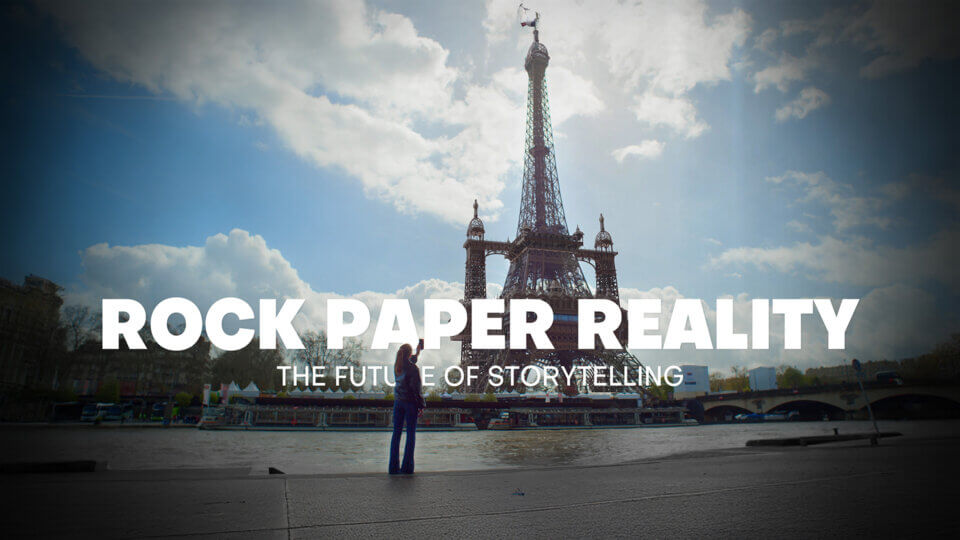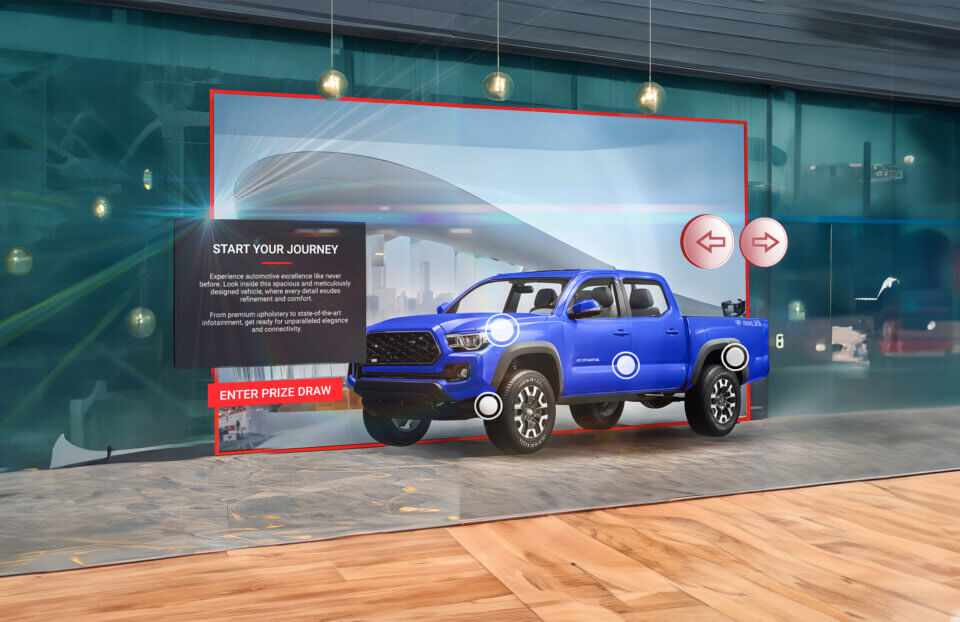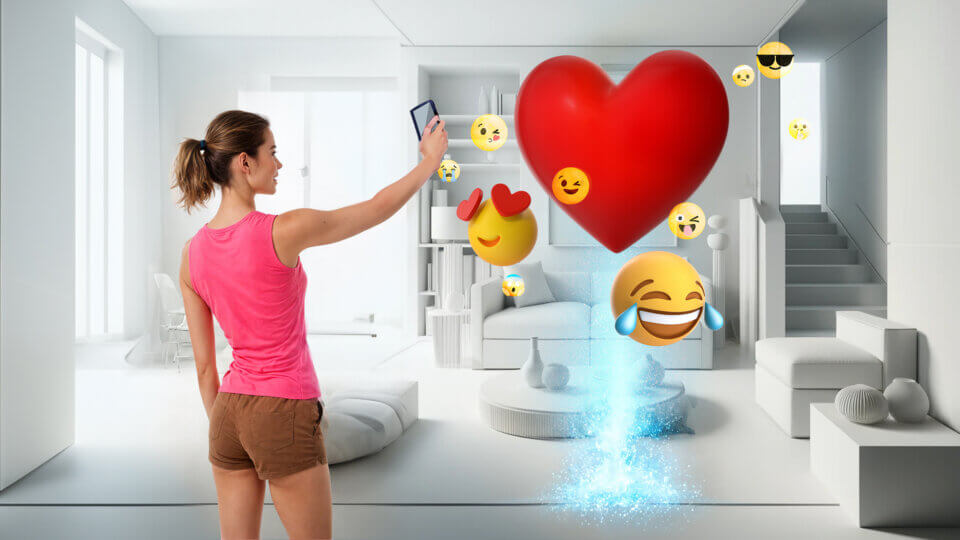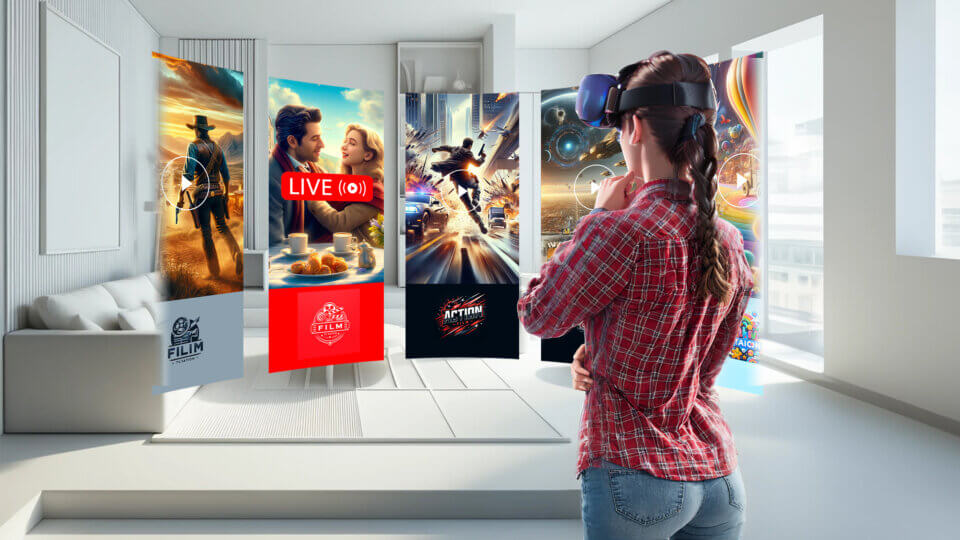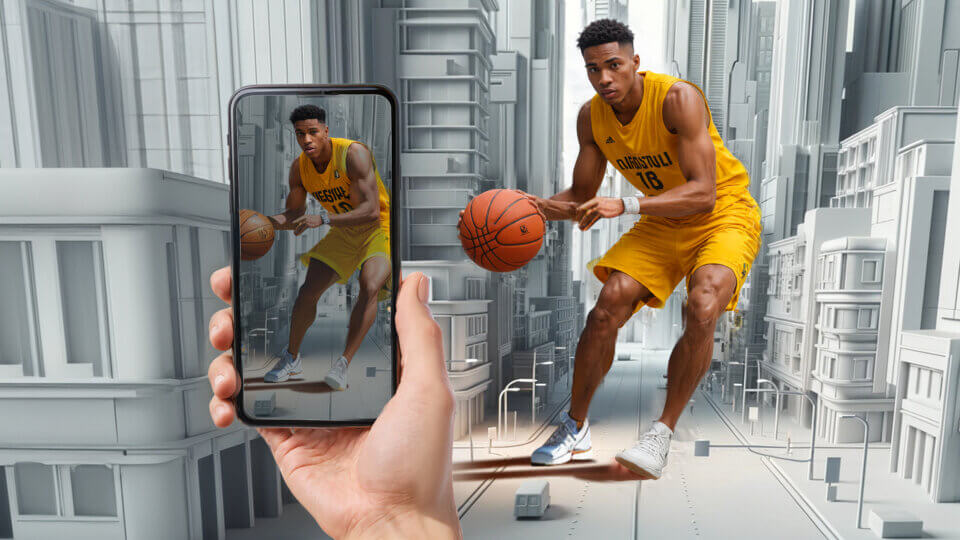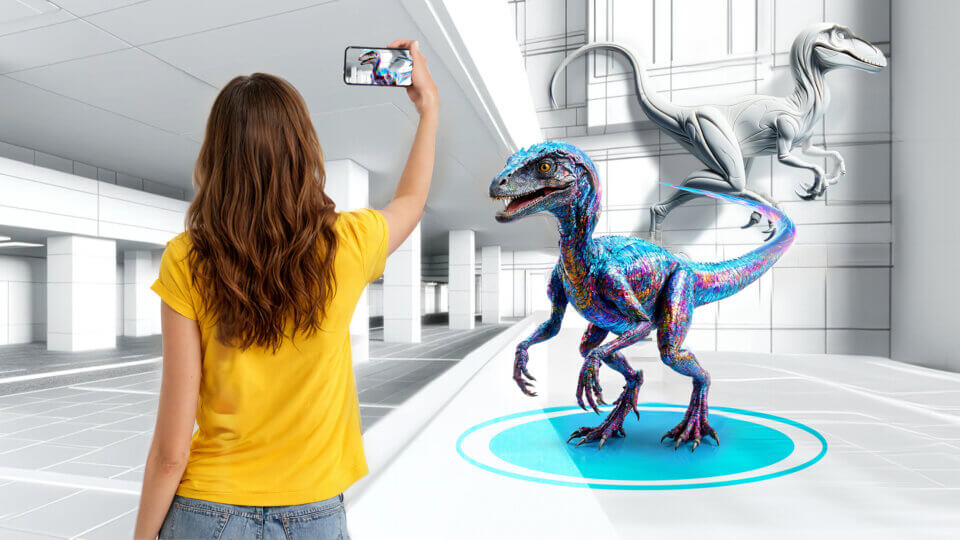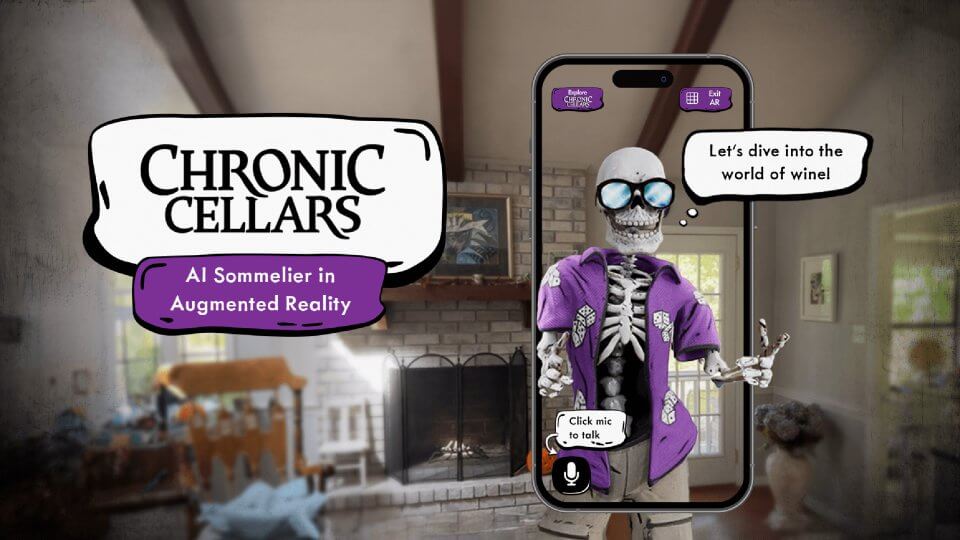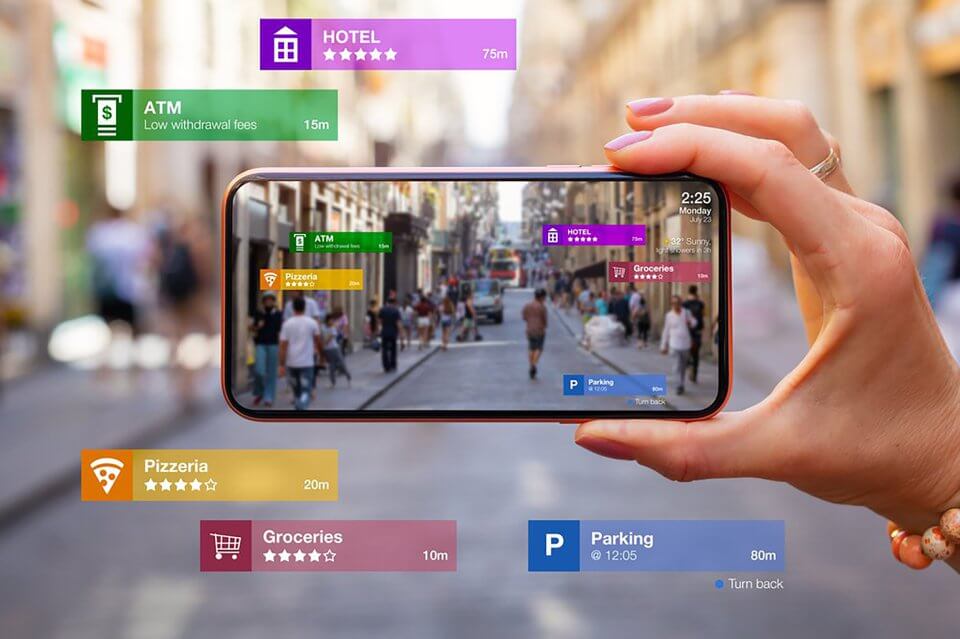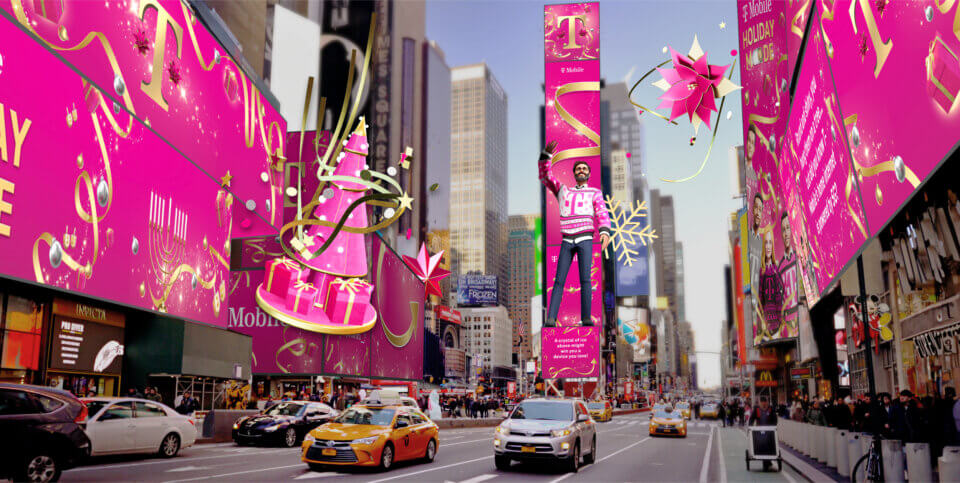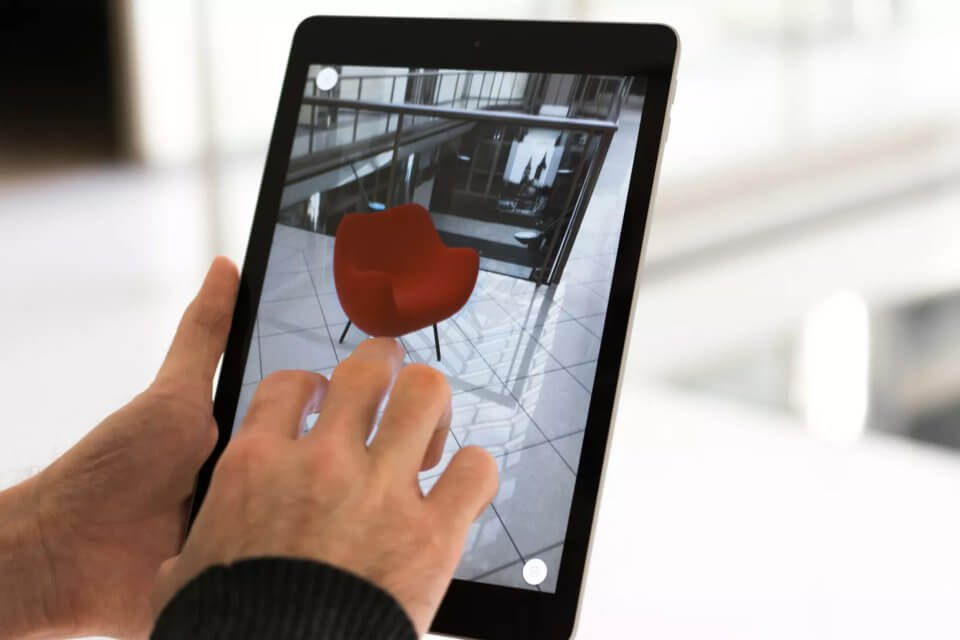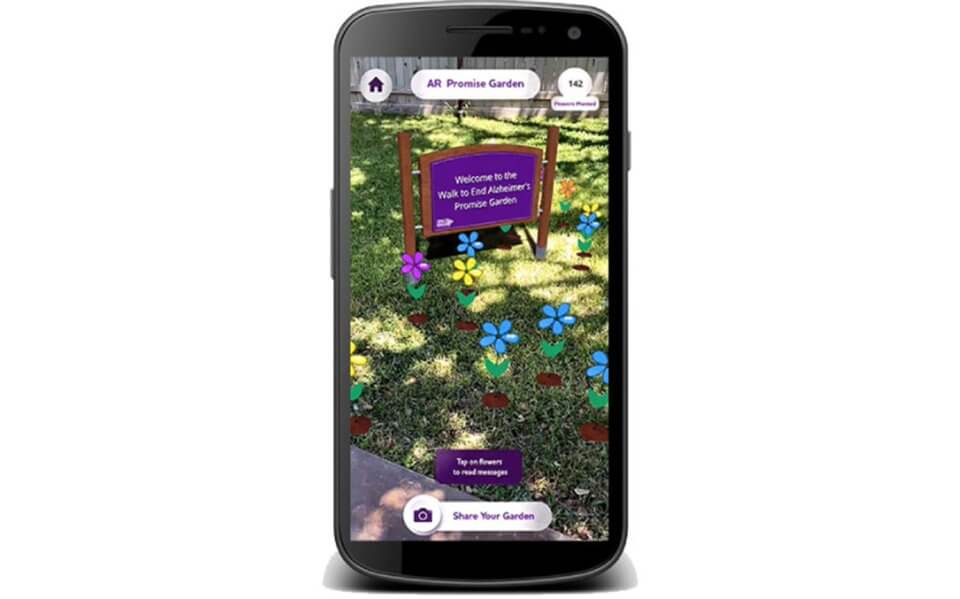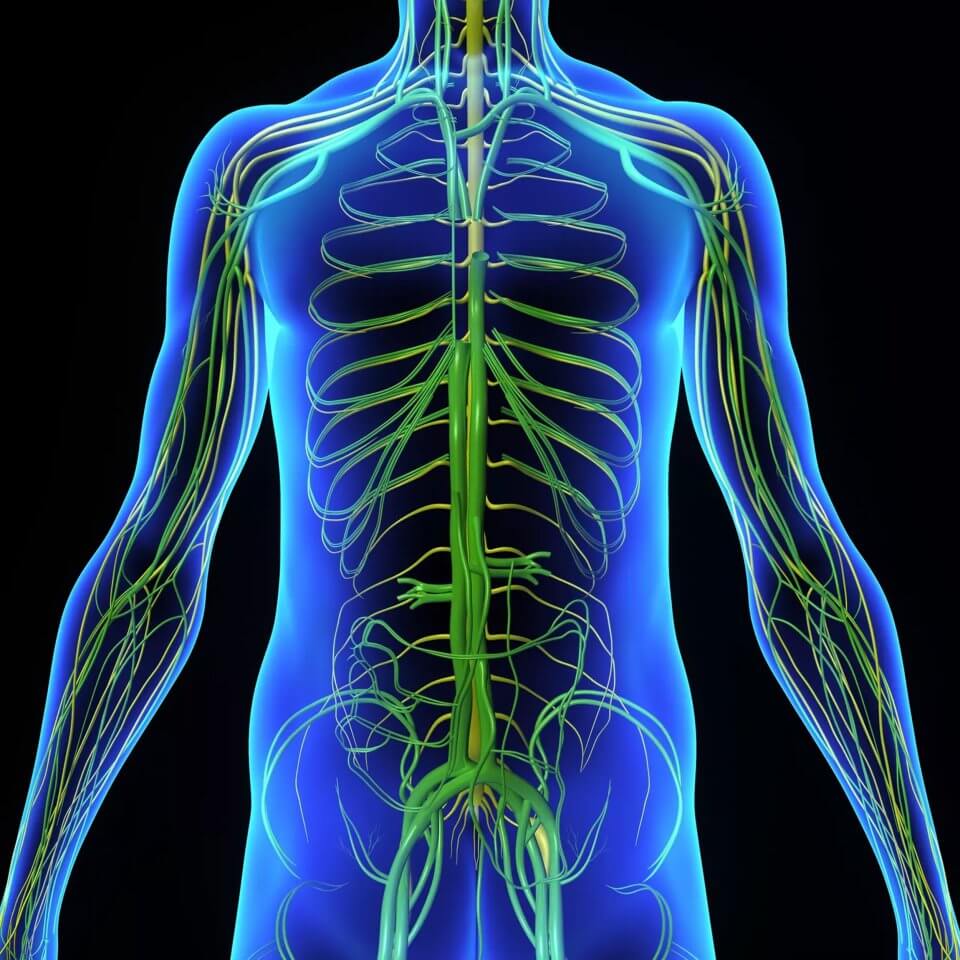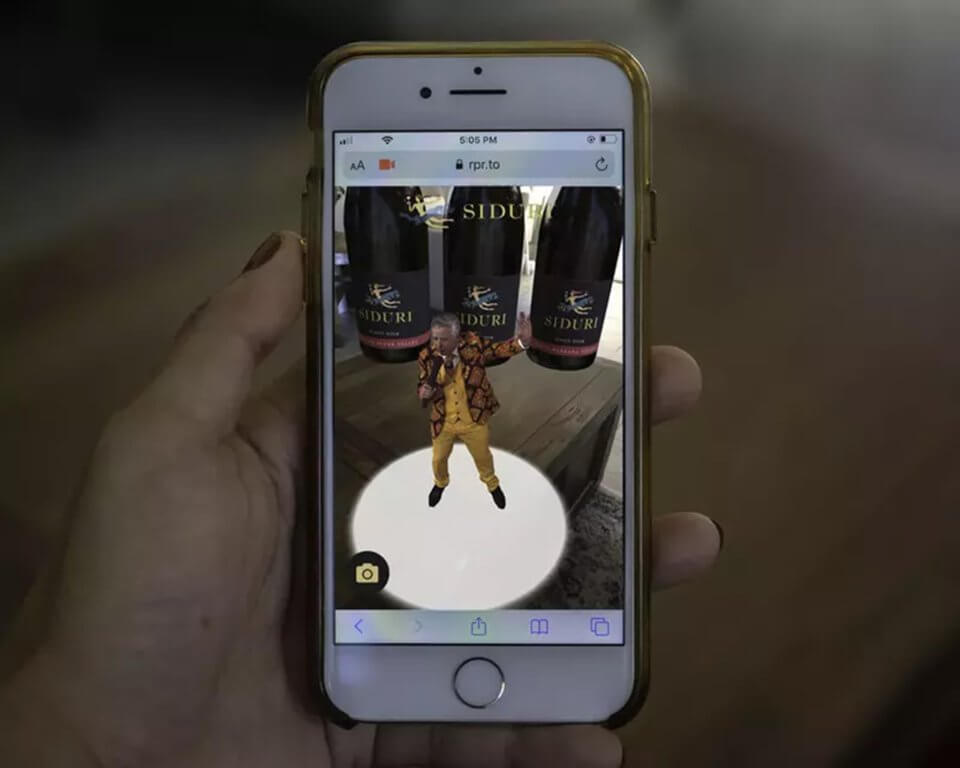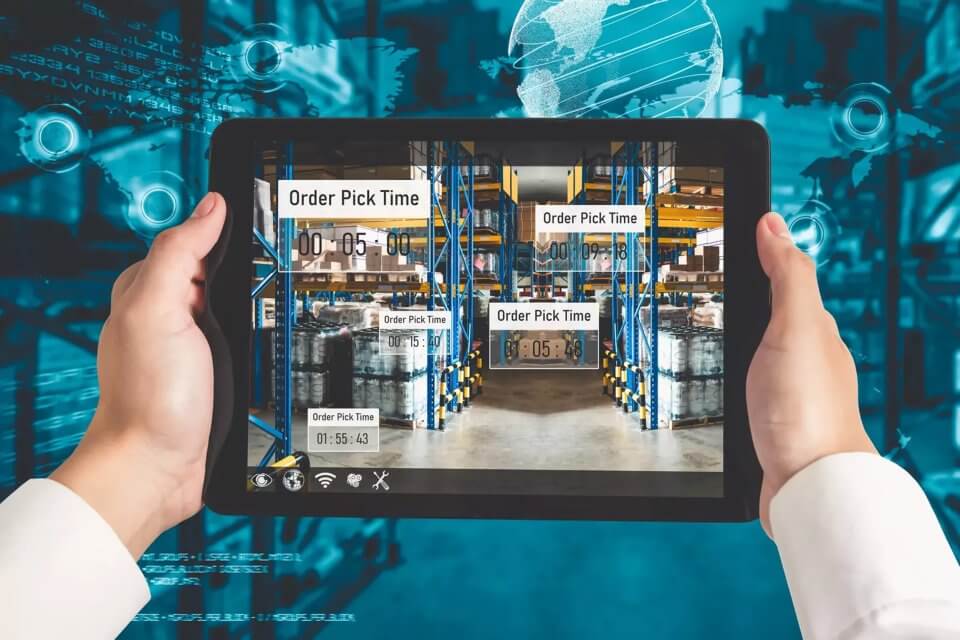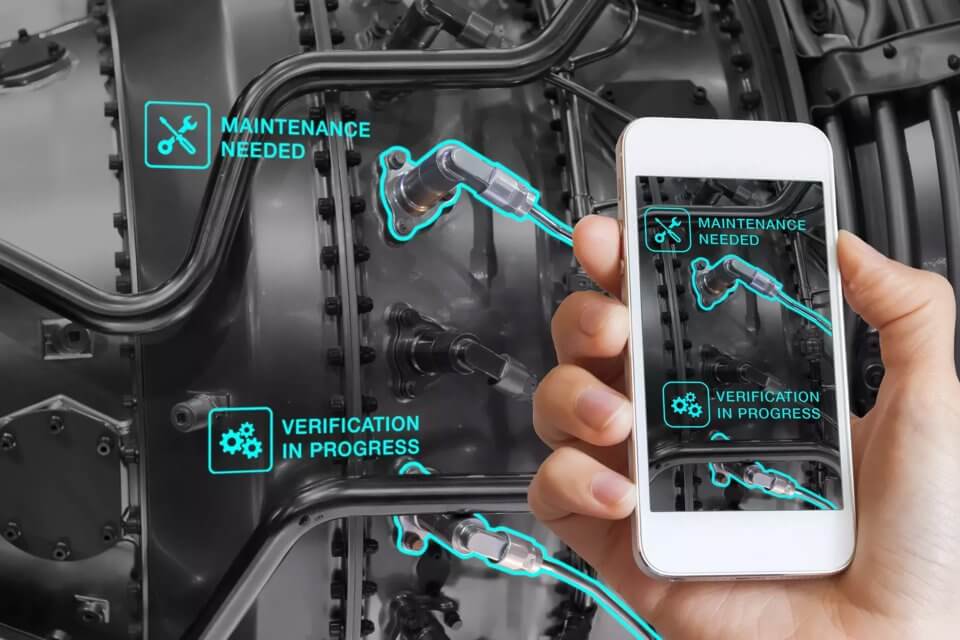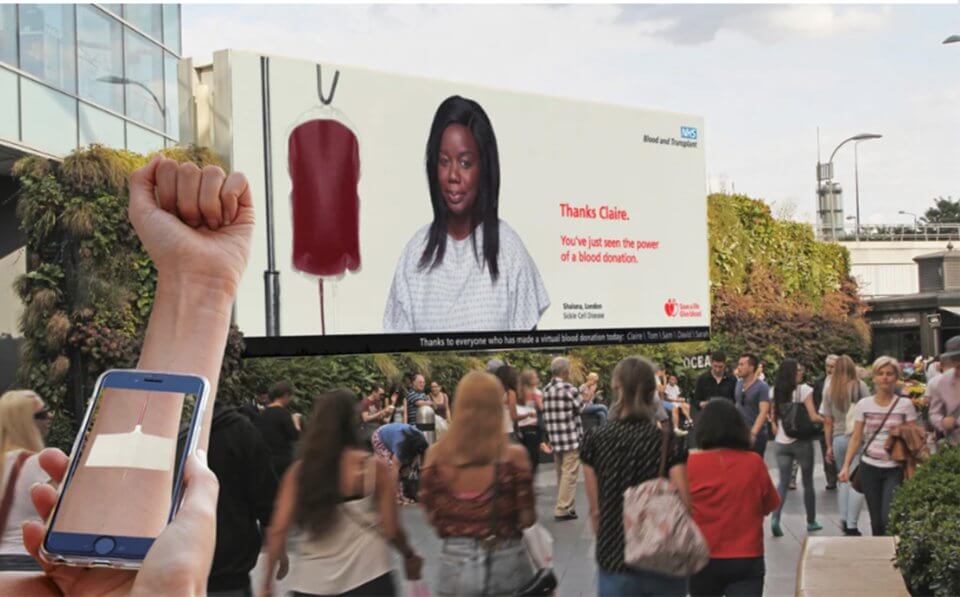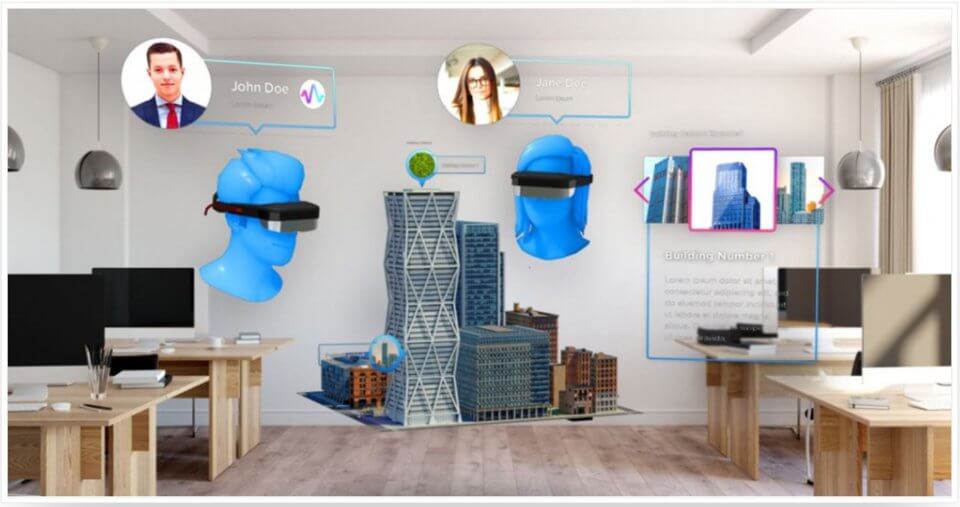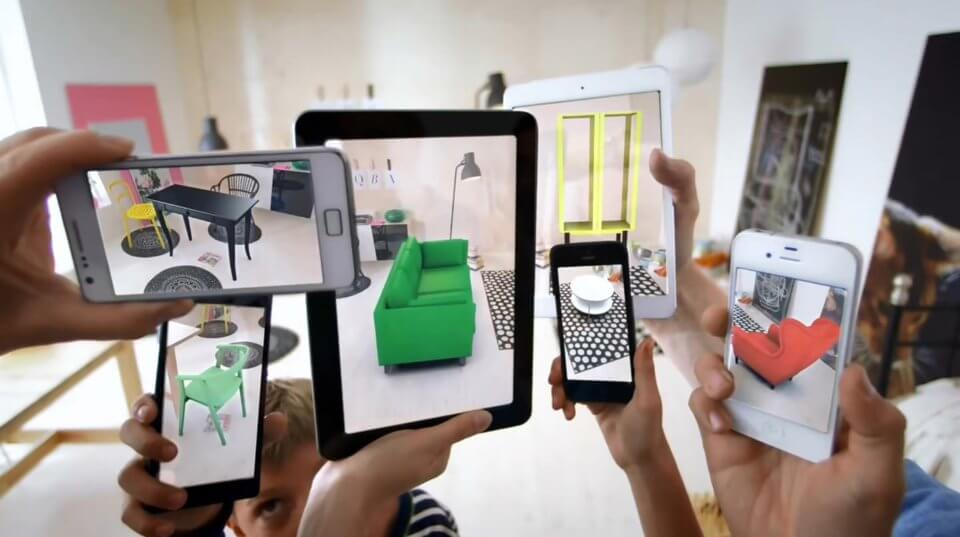In a digital economy driven by shareability, the real world becomes marketing’s most underused asset. Location-based Augmented Reality (AR) taps into that gap by placing immersive digital or 3D content directly onto the physical world—with the exclusivity of only being able to access the experience by visiting the site. From store windows to stadiums, iconic landmarks, parks or events, location-based AR turns any space into a stage for culture, storytelling, or product engagement.
Augmented Reality (AR) Insights
Delve into the incredible world of Augmented Reality (AR). Here you’ll find the latest insights, views, and trends about AR and how it’s revolutionising industries and experiences. Learn about the latest advancements and explore how this incredible technology is transforming various industries.
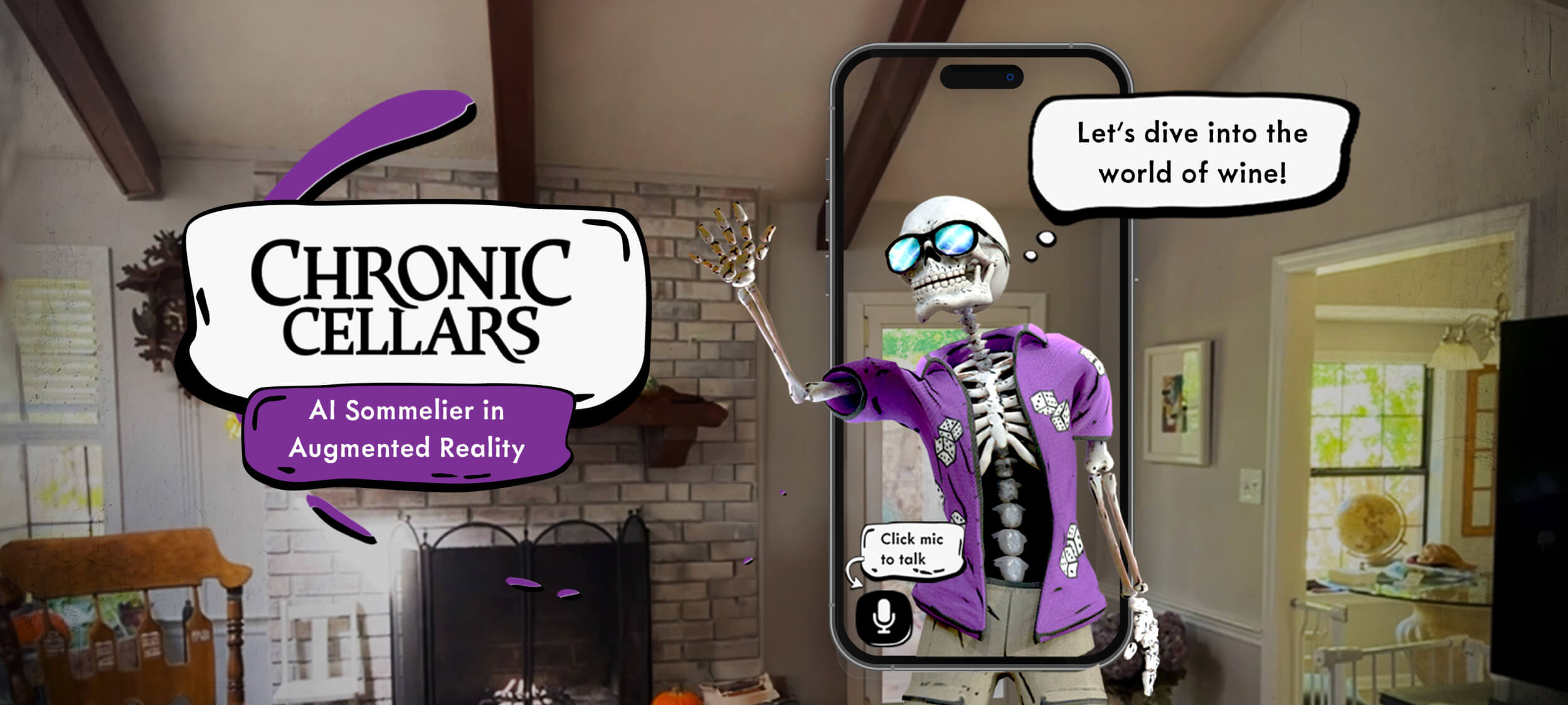

What is Augmented Reality?
AR is an interactive, immersive experience that blends digital elements into the real world. Using smartphones, tablets, and wearables like AR glasses, Augmented Reality overlays virtual information onto the physical environment. It can be a powerful tool in enhancing the way we comprehend and interact with our surroundings.

What’s the difference between Augmented Reality and Virtual Reality?
AR uses mobile or head worn devices to overlay digital information (images, text, or 3D models) onto the real world. Virtual Reality (VR) creates entirely simulated environments, immersing users in a completely artificial world via a headset. AR enhances reality, while VR creates a new one.
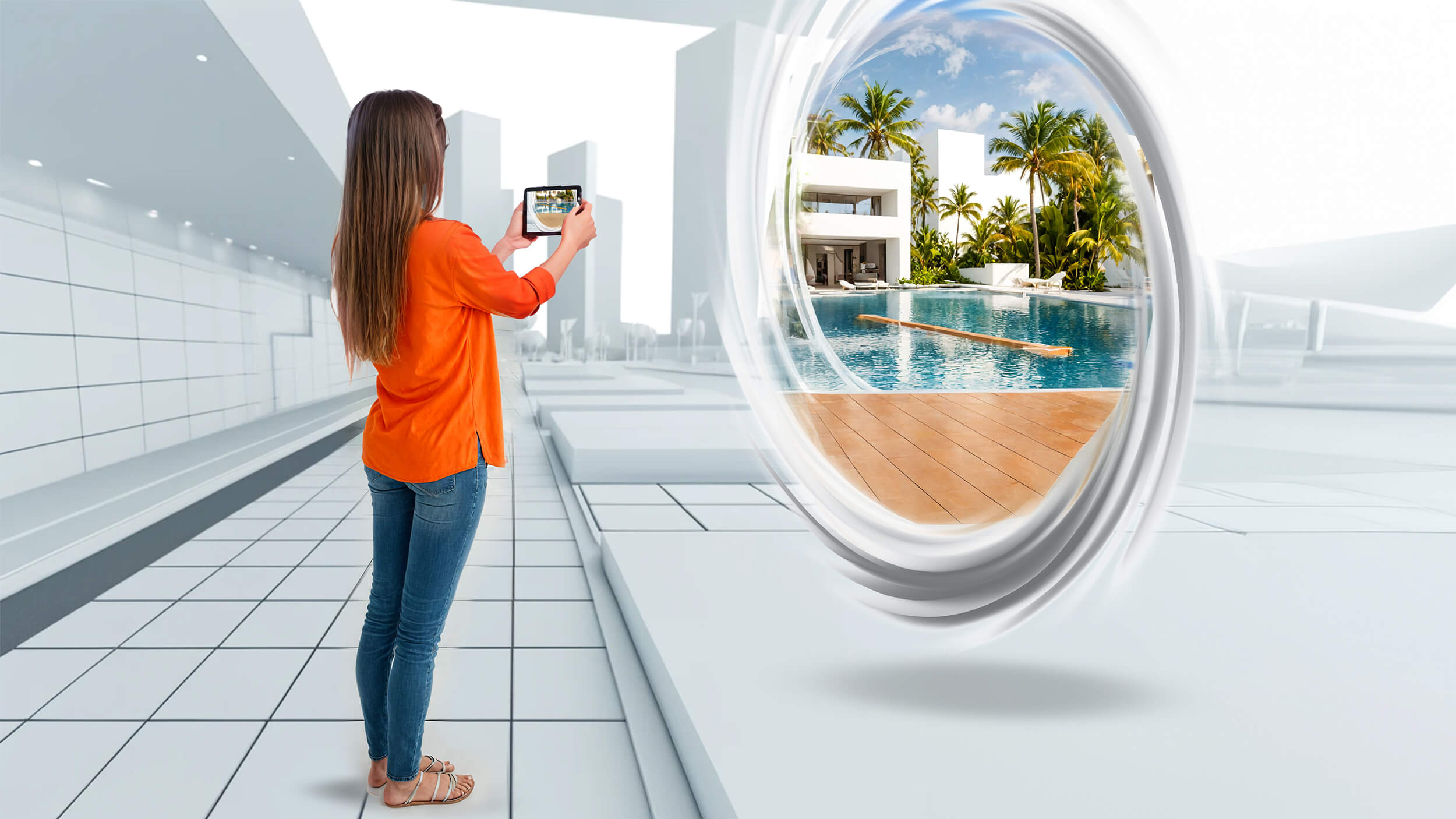
How is Augmented Reality used?
AR is revolutionising various industries by seamlessly integrating digital information into real-world experiences. It is transforming entertainment, education, retail, and beyond, from interactive museum exhibits, fan experiences and games to virtual product trials and tourist navigation. Browse our Insights posts to discover the incredible impact Augmented Reality has brought to different sectors and how it’s enhancing our everyday lives.
By using Augmented Reality for events, commercial directors and experiential agencies can reduce costs, attract new audiences and educate prospects.
AR opens up new opportunities for connecting with audiences through social media platforms. We took a deep dive into existing and emerging use cases.
AR's ability to engage audiences brings new creative horizons for content creators and and opens new marketing and revenue opportunities for commercial directors.
Augmented Reality is reshaping the way sports are consumed and creating unmissable opportunities for sports brands to connect with audiences.
AR is having a big impact on attractions like museums, galleries and parks. We explore how it can drive consumer engagement and profits.
AR is revolutionizing the cosmetics & beauty sector, from personalized experiences and virtual make up try-ons to engaging DOOH campaigns.
RPR brings AI-powered NPC trend into the commercial world, creating opportunities for brands across all sectors.
AR is revolutionizing the travel industry. We explore how AR tourism can shake up your business with remarkable competitive advantages and new revenue streams.
What’s particularly exciting about Google’s offering here is its accessibility. With integrations in Unity and Aero, developers can build high-quality, accurately anchored and geometrically realistic experiences without needing to physically visit the location themselves, and audiences can access them natively in-app or app-less via Aero.
Augmented reality in finance refers to creating an interactive environment where real world objects are digitally enhanced to improve financial operations.
In the food and beverage sector, AR offers many benefits and can spur customer engagement. With augmented reality, you not only engage consumers, but also encourage them to see, taste, and experience your product in a new way.
Are you looking for new ways to wow your customers? Here's how using augmented reality in eCommerce can help your brand stand out in a crowded market.
Are you looking for new and innovative ways to reach customers? Here's how virtual reality showrooms "wow" customers and give you a competitive edge.
Augmented reality and other extended reality technologies improve the customer experience for shoppers online and in stores.
Extended reality (XR) combines digital information with our environment. From business to education and the military, this technology is going mainstream.
Innovative technology will allow Walk to End Alzheimer’s participants to experience Promise Garden from their phones.
Are you looking for new and innovative ways to promote your brand? Learn how augmented reality in fashion can change the way you engage consumers.
How has augmented reality been applied in the healthcare and pharmaceutical industries?
Augmented reality has generated increased efficiencies in many sectors. In order so stay competitive, businesses need to harness the technology.
Rock Paper Reality (RPR) can guide you through the development of your strategy and the execution of your AR project from the ground up.
Augmented reality is set to bring about the next revolution in the industrial and manufacturing industries. To not adopt it is to be left behind.
Enterprise AR is set to bring about the next big wave of change in many industries. Businesses seeking to stay competitive should use the technology.
By bridging the gap between the real and digital world, AR Out-Of-Home advertising opens the opportunity for companies to turn plain old marketing strategies into immersive experiences.
Beyond the excitement of visualizing a couch in your living room before you buy it or virtually trying on lipstick, augmented reality has a scalable impact in retail. It provides a higher level of service by attending to the customer’s needs immediately and with customized information.
AR offers small businesses and Fortune 500s alike a chance to set themselves apart by using cutting-edge technology to showcase their products and services.
A collaboration with Charity Dynamics and Rock Paper Reality shows augmented reality’s ability to accelerate app user numbers, fundraising, engagement, and revenue.
AR ads’ limit the time and ‘friction’ between a consumer’s discovery of an item they are interested in purchasing and the purchase of that item.
Augmented Reality is a game-changer for both eCommerce and brick-and-mortar businesses. For example, AR product visualization is ideal for items like furniture, clothing, and cars, as it helps boost consumer confidence and reduce returns.
Glossary
Some useful terms to deepen your understanding of Augmented Reality
Stay in the know
Sign up to our newsletter for exclusive updates and content, delivered directly to your inbox.
You can opt out at any time, please view our Privacy Policy for more information on how to unsubscribe.
